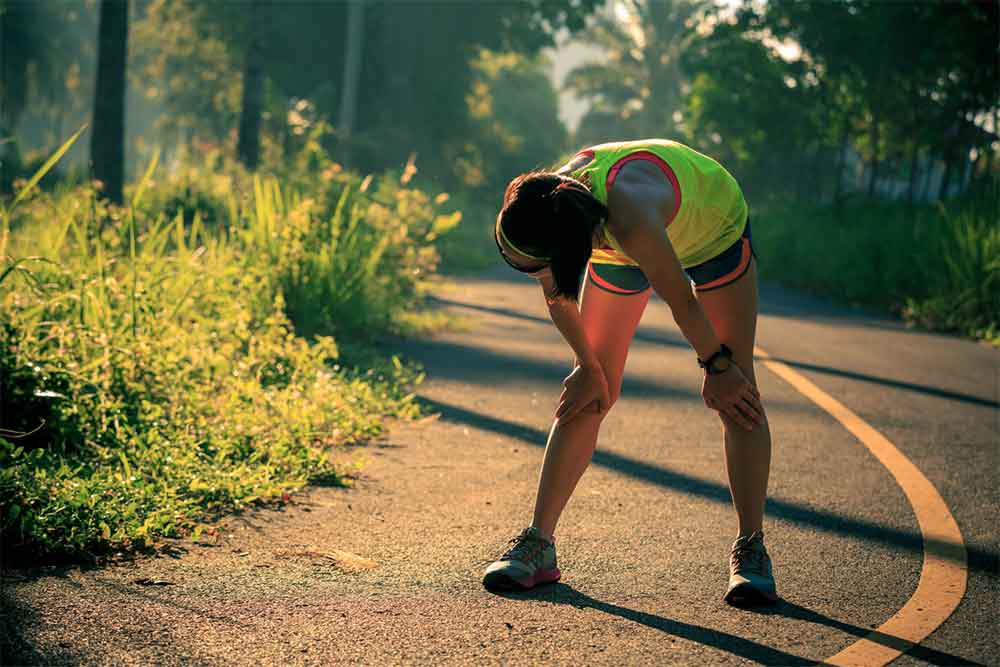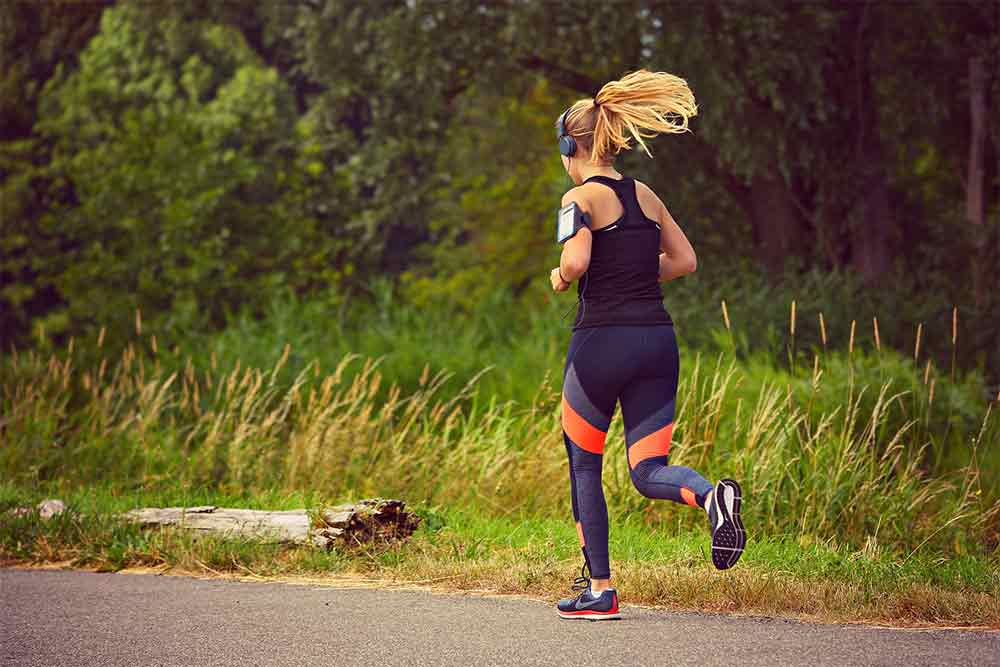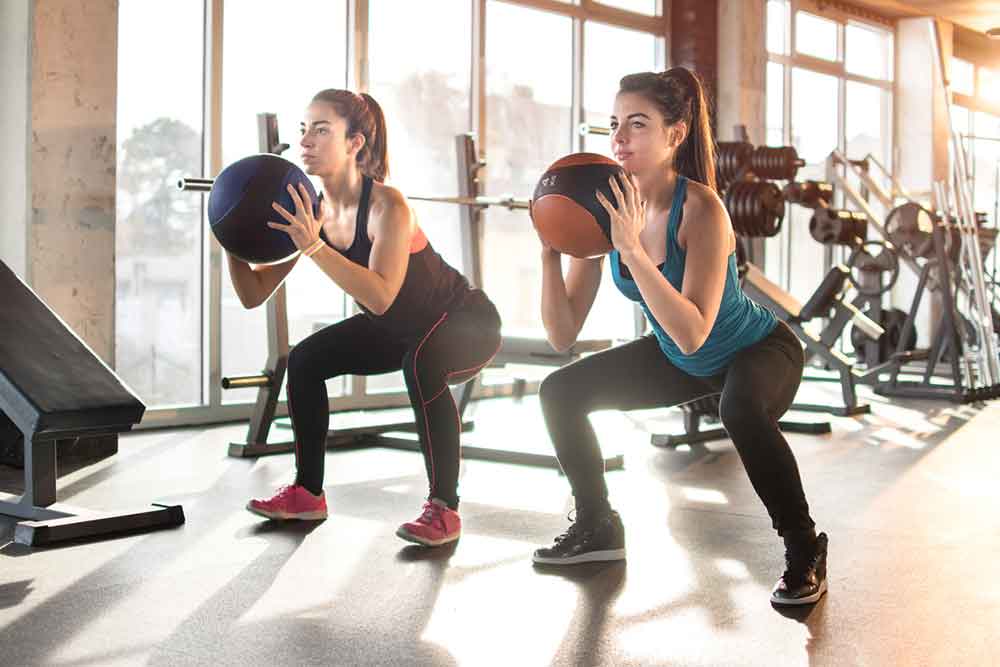Exercise & Celiac Disease

Julia C. Basso, PhD
Eating gluten free seems to be in fashion at the moment. You can find gluten free foods at almost every super market these days. However, for some gluten free is not just a fad but a necessity.
What is Celiac Disease?
Celiac disease is an autoimmune disorder, and when people with celiac disease consume gluten (a protein found in wheat, barley, and rye), their bodies launch an immune response that attacks the small intestine.
These attacks lead to damage of the of the small intestine, specifically the villi, which are small protrusions that line the small intestine and are involved in the absorption of nutrients from food. Signs and symptoms of the disease include abdominal distention, cramping, and pain, chronic diarrhea, constipation, gas, nausea and vomiting, and loss of appetite.
Because celiac disease causes damage to the villi, malabsorption of nutrients occurs leading to malnutrition. In children, this may lead to a failure in normal growth and development. Celiac disease is hereditary, and if you have a first relative with this disease, you have a 1 in 10 chance of contracting it. In addition, celiac disease has been linked to the development of intestinal cancers and osteoporosis later in life.
Physical Activity and Gastrointestinal Issues
Many others suffer from different types of gastrointestinal issues such as gastroesophageal reflux disease (GERD), gastritis or gastroenteritis, Crohn’s disease, diverticulitis, or irritable bowel disorder. It is estimated that gastrointestinal disease affects 60 to 70 million Americans annually, with direct and indirect costs resulting from these issues totaling $142 billion per year (Peery et al., 2012).
People with gastrointestinal issues tend to get less physical activity than those without these issues (Miwa, 2012). However, research is showing that exercise may be especially important for people with gastrointestinal disease (Peters et al., 2001).
Related Article: Exercise and Digestive Health
More Exercise = Less Issues
There is an inverse relationship between physical activity level and risk for gastrointestinal issues such as colon cancer, diverticular disease, cholelithiasis (gallstones), or constipation – that is, the more you exercise, the less likely you are to develop a gastrointestinal issue.
One main reason for this is that physical activity decreases intestinal transit time or the length of contact time between the lining of the colon and waste products, which can often be cancer promoting. Other reasons include increased bouncing of the gut during exercise. Exercise also alters the concentration of certain gut hormones that regulate digestion such as cholecystokinin, vasoactive intestinal peptide, secretin, somatostatin, gastrin and others. Additionally, when we exercise, we often eat more fiber because of the extra energy expenditure due to exercise.
Future interventional studies will be needed to determine whether long-term exercise is helpful for a variety of gastrointestinal issues and to understand the exact mechanisms of the exercise-induced gastrointestinal improvements.
Yoga
Yoga is a particularly excellent type of exercise to do to help regulate your digestive system. Poses that involve twisting are especially beneficial. The twisting movements help move material through the digestive system. When you perform these poses, you should always twist to the right first and then to the left second. When twisting to the right, you compress the ascending colon, and when twisting to the left, you compress the descending colon. This enables proper movement of food through the digestive tract.

Related Article: 3 Reasons You Should Hit The Yoga Mat
MOVE-C Study
Researchers in Dr. Nicole Culos-Reed’s laboratory at the University of Calgary are currently examining how to improve quality of life in people with celiac disease. The study is called MOVE-C: Understanding the Relationship Between the MicrobiOme, Vitality, and Exercise in Celiac Disease.
Even if following a strictly gluten-free diet, many people with celiac disease experience break through symptoms. Therefore, this study is examining other factors that may positively impact the lives of people with celiac disease, namely exercise. People with celiac disease suffer from an imbalance in their gut bacterial system as well as inflammation of the digestive tract. Physical activity is known to help regulate our gut microbiome as well as decrease inflammation, leading the researchers to hypothesize that exercise may be very helpful in managing the symptoms of this disease.
One of the head researchers on this project, Dr. Justine Dowd, also created an app called MyHealthyGut that helps patients with celiac disease and other gastrointestinal issues manage their digestive health. To inquire about participation in the study, you can email the team.
Related Article: Exercise Your Gut (Microbiome)
Takeaway
Though the jury is still out, research suggests that exercise can be very helpful in regulating gastrointestinal issues. Adding a regular physical activity regimen to your routine can help improve your gut microbiome, decrease intestinal inflammation, and help to move food through your digestive tract. If you are exercising for digestive health, make sure to engage in moderate- to vigorous-intensity exercises that are not too extreme, as severe exercising has been shown to be detrimental the gastrointestinal tract.
Related Article: Effect Of Gluten-Free Diet On Endurance Performance
You Might Like:
The Best Way to Prevent Gut Rot During Your Workout
Alyssa Bialowas One of the worst things that can happen to you before you start an intense workout, or worse as you’re 30 seconds into a run or a race: gut rot. Feeling pain and...References:
Miwa, H. (2012). Life style in persons with functional gastrointestinal disorders–large‐scale internet survey of lifestyle in Japan. Neurogastroenterology & Motility, 24(5), 464-471.
Peery, A. F., Dellon, E. S., Lund, J., Crockett, S. D., McGowan, C. E., Bulsiewicz, W. J., … & Ringel, Y. (2012). Burden of gastrointestinal disease in the United States: 2012 update. Gastroenterology, 143(5), 1179-1187.
Peters, H. P. F., De Vries, W. R., Vanberge-Henegouwen, G. P., & Akkermans, L. M. A. (2001). Potential benefits and hazards of physical activity and exercise on the gastrointestinal tract. Gut, 48(3), 435-439.










